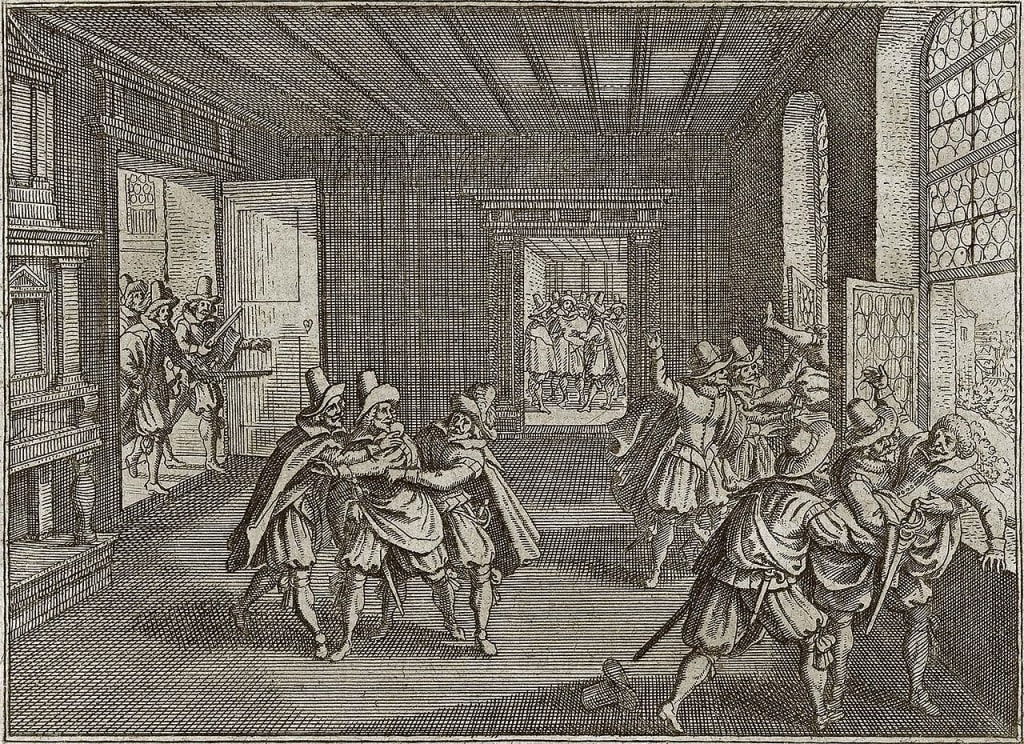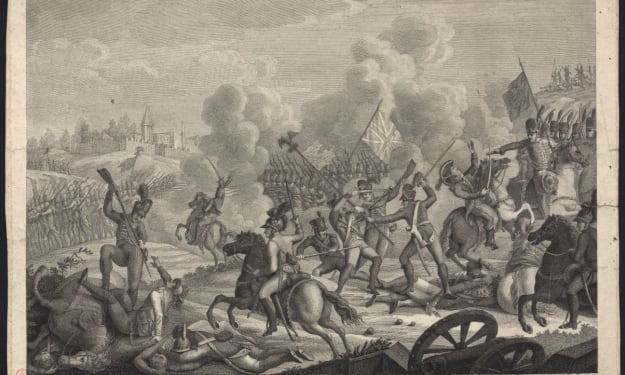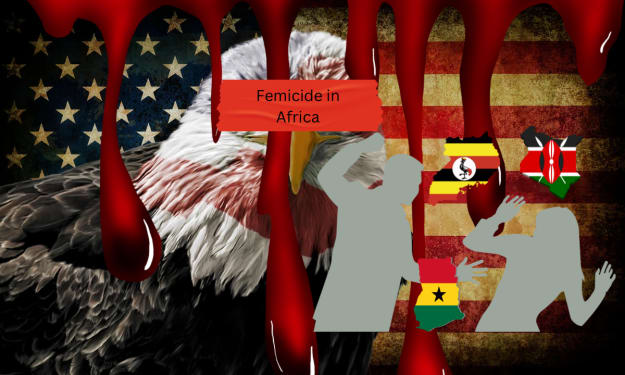The Defenestration of Prague
Three men were thrown out of a window and Europe descended into war

This incident, with a somewhat remarkable title, was one of the causes of the bloody and destructive Thirty Years War that tore Europe apart between 1618 and 1648.
“Defenestration” simply means “throwing out of the window”, and that is precisely what happened to three unfortunate men at Prague Castle, Bohemia, on 23rd May 1618. They were Count Vilem Slavata, Count Jaroslav Bořita and Philip Fabricius. The first two were regents representing Ferdinand, the new King of Bohemia, and the third was their secretary.
Catholics and Protestants had been in conflict across Europe for many years, occasioned by the Papacy and Catholic monarchs trying to impose their religious views on the Protestant communities and states within Europe. One of the most ardent Catholic monarchs had been Philip II of Spain, whose avowed aim was to eliminate Protestantism, particularly in the Low Countries that were part of his empire. He had also, in 1588, sent an Armada up the English Channel with the aim of conquering England and re-converting the country to the Catholic faith.
In France, persecution of the Protestant Huguenots had culminated in the St Bartholomew’s Day Massacre of 1572 which lasted for several weeks and left thousands dead.
A peace of sorts was achieved after the Edict of Nantes was promulgated in 1598 by the French King Henry IV, but the underlying problems still remained in Europe, especially as the loose alliance known as the Holy Roman Empire that covered much of central Europe was ruled by the Catholic Habsburgs but contained many Protestants within its borders, including in Bohemia.
Emperor Matthias had been happy to grant his Protestant subjects the right to worship as they wished. He did this this by ratifying the “Letter of Majesty” that had been signed by his predecessor Rudolf II which guaranteed freedom of worship and certain other rights to Protestants, but his successor Ferdinand was an ardent Catholic who felt himself to be under no such obligation to honour these pledges. The result was a re-igniting of the dispute that had existed in Bohemia since the first stirring of the Protestant Reformation in the 15th century.
Ferdinand’s regents met a group of Protestant nobles in an upper room of Prague Castle. The nobles wanted to be assured that Ferdinand would not remove the previously granted religious freedoms, but the regents refused to give this assurance. The reaction of the Protestants was to seize the nobles and their secretary and throw them out of the window. The fall of some 20 metres would probably have killed them had it not been for the pile of dung stacked at the foot of the castle wall that broke their fall. The three men were injured but able to recover and tell Ferdinand what had happened.
The Protestants then attempted to depose Ferdinand as King of Bohemia (which he had been as well as Holy Roman Emperor) and replace him with a suitable Protestant alternative, namely Frederick. This did not work out well – when battle was joined between the Protestants and Catholics at White Mountain in 1620 the Bohemians were crushed with heavy losses and forced to accept Catholicism.
However, this did not mean the end of hostilities. The conflict spread and involved other powers, notably Protestant King Adolphus of Sweden, as well as France and Spain, both these nations having their own political and strategic motives. It did not take long for virtually every country in Europe to be involved in the war.
Some of the battles fought during the thirty years of the war were on a huge scale, with the losses being proportionally vast. Terrible atrocities were committed with enormous areas of land being laid waste, from which it would take decades to recover.
Both sides were eventually worn down and ready to make peace. This took the form of the Peace of Westphalia that was concluded in 1648. This established a new balance of power and general recognition that the religious complexion of Europe would be mixed for the foreseeable future, with no need for anyone to be thrown out of a window.
About the Creator
John Welford
I am a retired librarian, having spent most of my career in academic and industrial libraries.
I write on a number of subjects and also write stories as a member of the "Hinckley Scribblers".






Comments
There are no comments for this story
Be the first to respond and start the conversation.